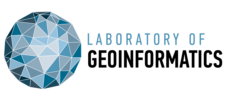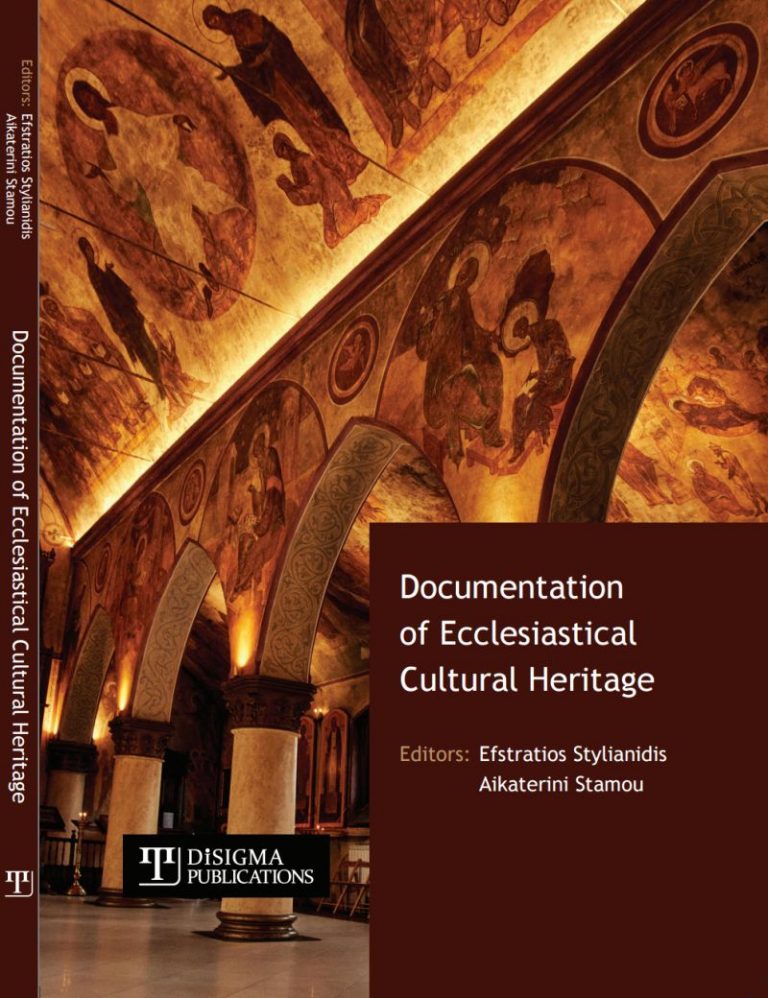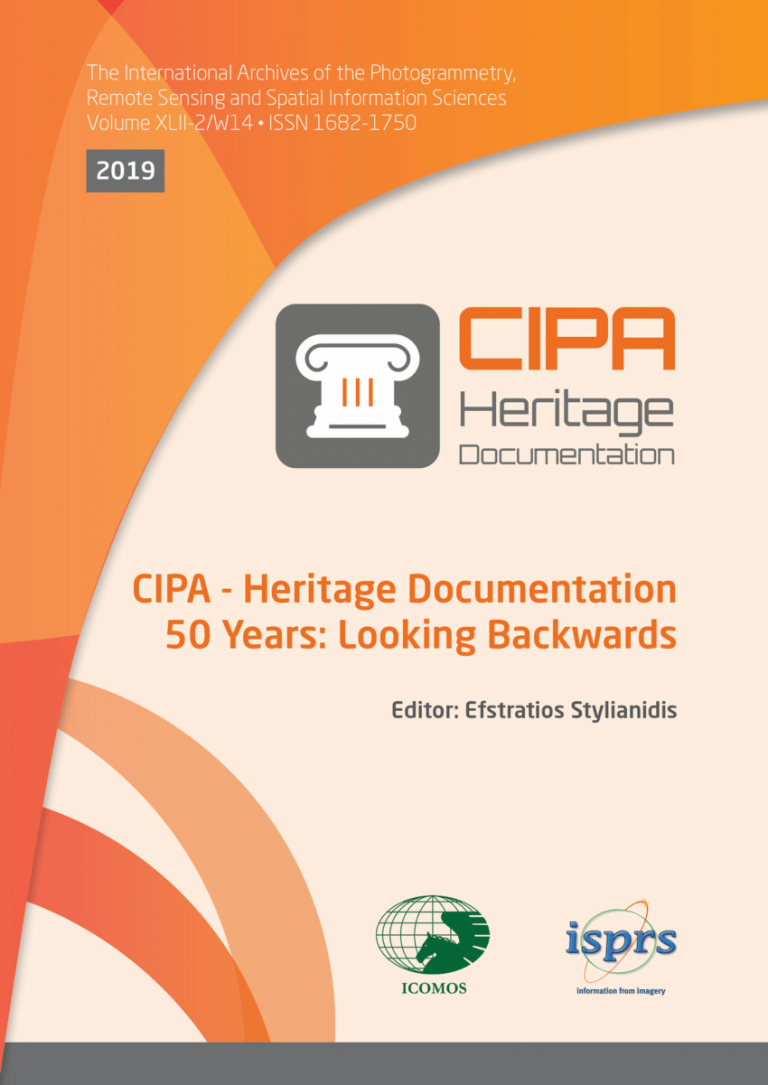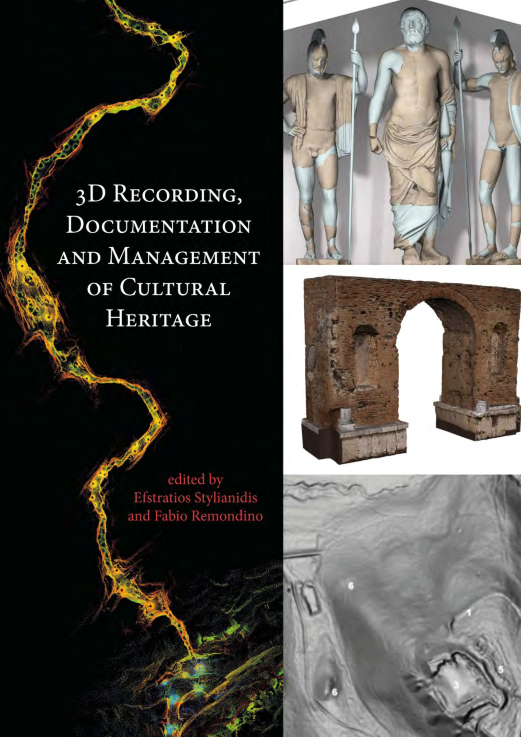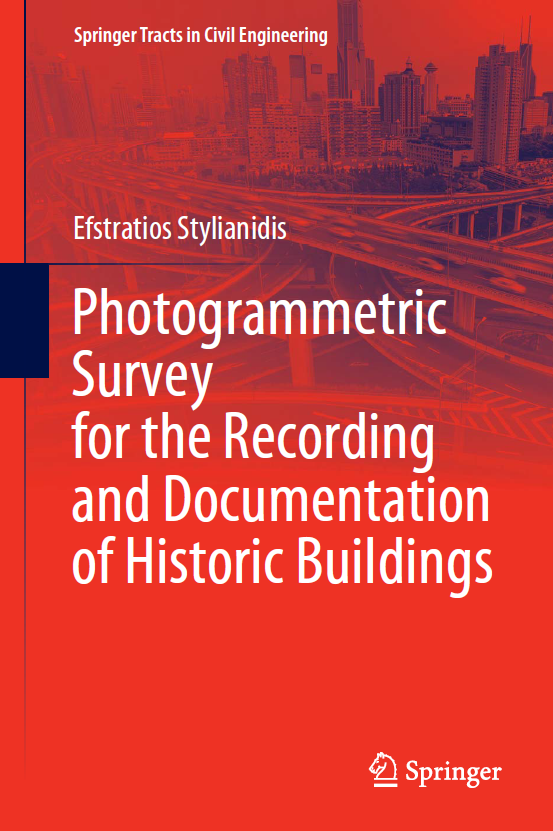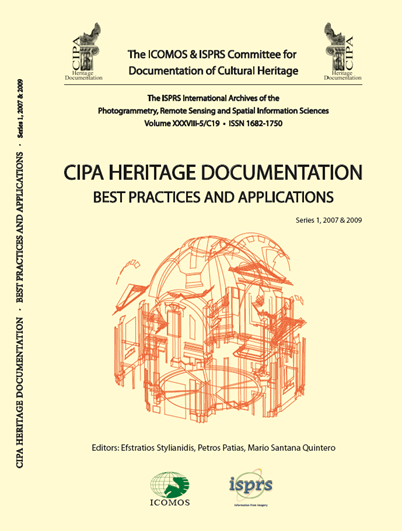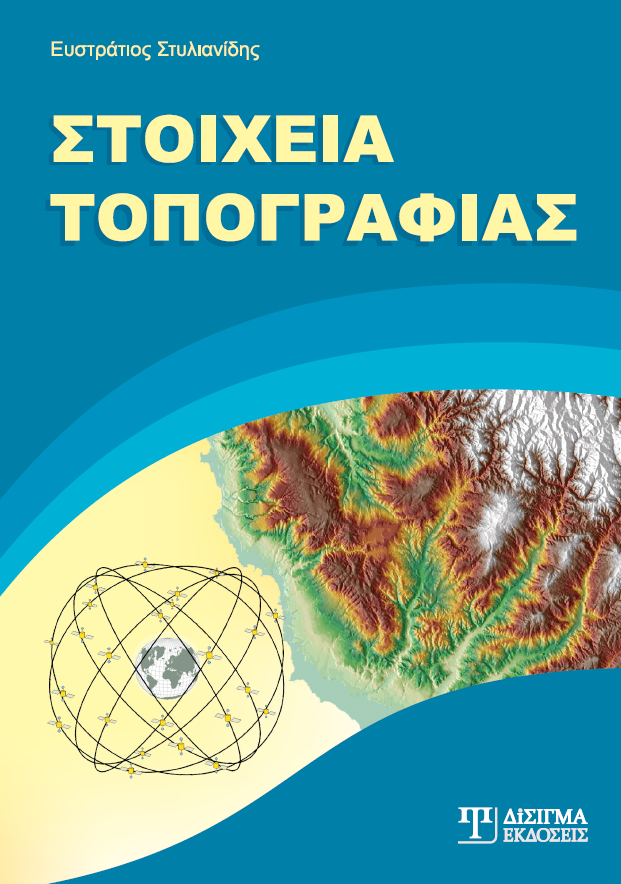Cultural Heritage (CH) represents a collective inheritance passed down from previous generations as a legacy to those who follow. Its preservation is a responsibility and a profound commitment to safeguarding our shared humanity. NARRATE – Needs for Digital Recording and Documentation of Ecclesiastical Cultural Treasures in Monasteries and Temples, an ERASMUS+ project funded by the European Union, emerges from this commitment, rooted in the necessity of preserving both movable and immovable monuments, as well as tangible and intangible heritage. The project’s foundation lies in recognising that preserving cultural heritage, particularly ecclesiastical treasures, is vital to maintaining a continuous dialogue between past and future generations.
The importance of digital workflows in this effort is indispensable, not only for the preservation of cultural heritage but also for fostering a deeper understanding of its significance and meaning. Ecclesiastical cultural treasures, often referred to as part of the “sacred arts”, embody a unique artistic expression of our cultural heritage and material culture. These objects, which serve worship and ritual functions across various religious traditions, stand as testaments to a theological vision that intertwines aesthetics and beauty. Consequently, the recording, documentation, and digital preservation of these treasures are crucial to safeguarding their physical and spiritual legacy.
This was the central theme of the International Conference on the Documentation of Ecclesiastical Heritage, held in Sofia, Bulgaria, from March 11th to 13th, 2024. The conference united experts, scholars, clergy, and practitioners, all committed to advancing the digital recording, preservation, and dissemination of ecclesiastical cultural treasures. It served as a valuable platform for dialogue and exchange, fostering collaboration between clergy and non-clergy communities, conservators, and researchers alike. The event aimed to inspire the custodians of ecclesiastical treasures to confidently embrace the era of digital transformation, ensuring that the rich heritage they safeguard is preserved for future generations.
This book compiles the presentations from the conference, organized and distilled into five key sections:
- Best Practices in Digital Documentation
- Digitization Ethics and Cultural Sensitivity
- Monuments in Thrace and Their Digitalization
- Challenges of Documentation and Preservation of Ecclesiastical Artifacts
- The Future of Digital Documentation of Ecclesiastical Treasures
These sections offer comprehensive discussions on the critical importance of ecclesiastical heritage, the practical and ethical challenges of digital documentation, and the application of cutting-edge technologies to preserve these invaluable cultural treasures.
As the digital era continues to redefine how we engage with and protect cultural heritage, we hope this book contributes to the ongoing dialogue on heritage preservation. More importantly, we hope it serves as an inspiration for new efforts in the digital safeguarding of these irreplaceable cultural assets, ensuring that future generations can experience and understand the rich artistic and spiritual legacy embodied in ecclesiastical cultural treasures.
